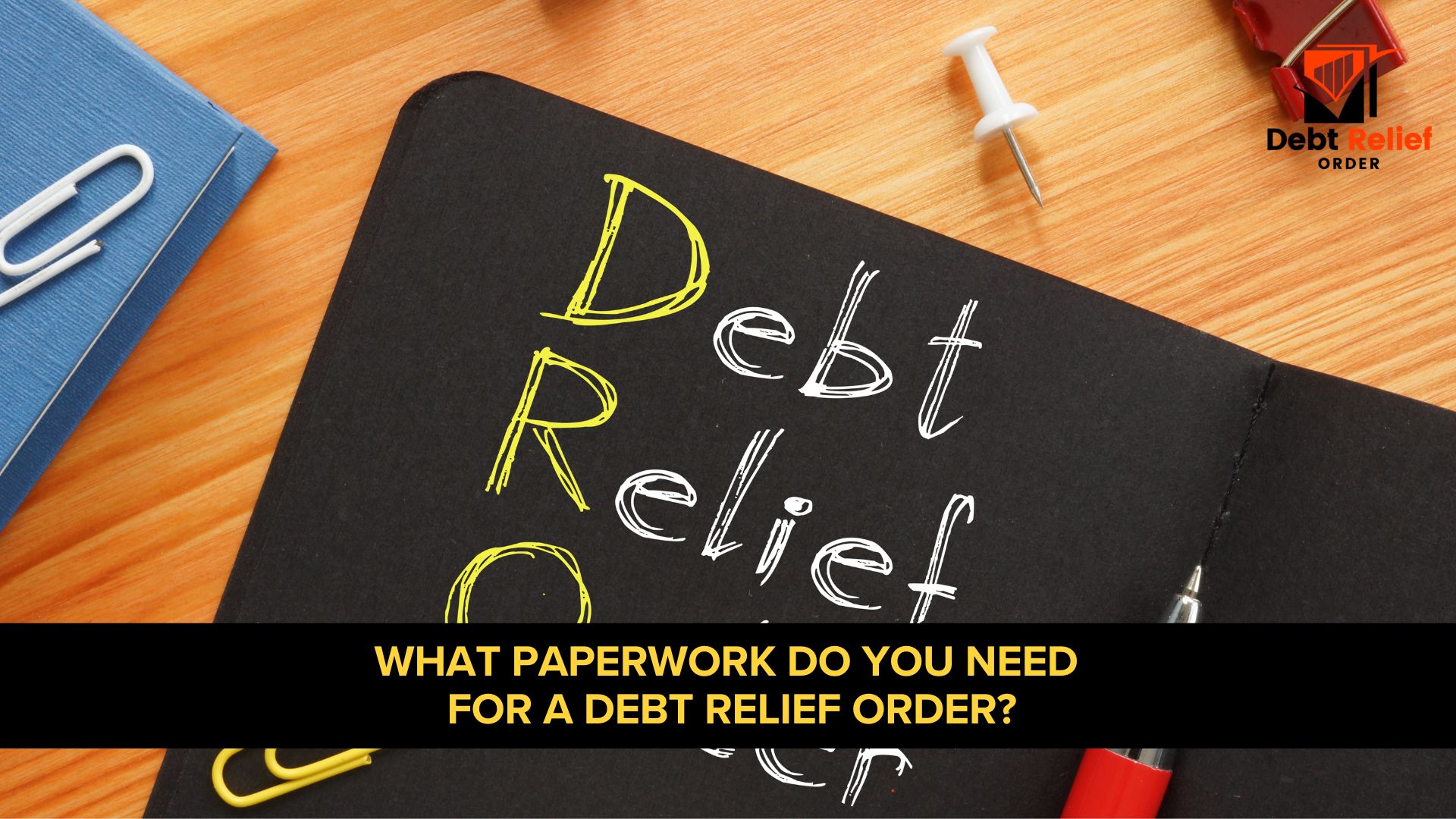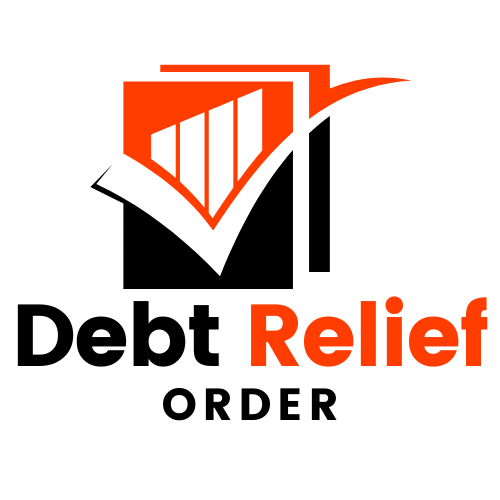
Paperwork matters because a clear set of documents lets an approved intermediary check eligibility fast and submit a complete Debt Relief Order. Good evidence reduces questions, stops delays, and prevents stray creditor contact. Simple files also help you see your income, expenses, and debts at a glance. When everything is in one place, the Insolvency Service can decide more quickly. With that aim set, start with identity and proof of address.
What documents prove your identity and address?
You prove identity with a passport or driving licence and prove address with a recent utility bill or council tax bill. Bank statements that show your name and address often help as well. If details don’t match, update records before you upload. Clear photos or PDFs are best, so names and dates are easy to read. Once ID is sorted, your bank statements show how money flows each month.
Which bank statements are needed, and how many months should I provide?
You usually provide recent bank statements for every account you hold, covering the last three months as a minimum. Statements should show income, bills, standing orders, and cash withdrawals. Online PDFs are ideal and clearer than screenshots. If you use cash, note what it covers so that essential spending is understood. With banking in view, the next step is income evidence.
What proof of income do I need to include?
You include recent payslips, a P60 if available, and letters for pensions or benefits such as Universal Credit. If your income changes each month, provide two or three months so the average is realistic. Keep all documents in date order and check that names match your ID. If someone else contributes to the household, note the amount and frequency. With income fixed, list your debts and balances accurately.
How do I list my debts and balances without missing anything?
You list every qualifying creditor with the account number, current balance, and contact details. Recent statements, default notices, or online account pages help confirm what you owe. If a debt has been sold, use the newest owner’s letter and keep the old account number noted. Check for overdrafts, buy now pay later, catalogue accounts, and old cards you rarely use. Once debts are mapped, show your regular bills and living costs.
What bills show essential household expenses for a fair budget?
You include rent or mortgage, council tax, energy, water, broadband, mobile, food, travel, and childcare costs. Current bills or contracts work best because they prove both the amount and the due date. If a bill is shared, write how much you actually pay. Keep medical costs and insurance in the list if they are essential. With expenses clear, record any assets and work items.
What counts as assets, and how do I evidence tools or a vehicle?
Assets include cash, savings, vehicles, tools of the trade, and anything of value you own. You can evidence a car with the V5C and a simple valuation, and tools with receipts or a short list and sensible values. Everyday household goods are usually ignored, but should not be listed as high-value items. Be honest about gifts or sales in the last two years because checks can be made. After assets, housing papers help confirm your address and priority bills.
Do I need tenancy, mortgage, and council tax documents as well?
You should include a tenancy agreement, the latest mortgage statement, and the current council tax bill. These documents confirm your address, household costs, and any arrears. If housing support is involved, include that letter too. Keep everything in one folder so it’s quick to find. With housing covered, some applicants will also need HMRC paperwork.
What HMRC documents are helpful if tax is involved?
You provide HMRC letters about tax returns, Time To Pay, or outstanding balances where relevant. Self-assessment pages or SA302 calculations help confirm earnings. Keep your National Insurance details handy if they appear in letters. Clear copies reduce back-and-forth and speed decisions. If you’re self-employed, there’s a little more to show.
How should I prepare information if I’m self-employed or a sole trader?
You prepare a short profit and loss summary, recent bank statements, and your most recent tax return. List regular business costs like fuel, stock, tools, and insurance so that disposable income is accurate. Keep invoices or a simple sales log to support your figures. If income varies by season, explain the pattern in one sentence. With business data in place, outline your household make-up.
How do I record household composition and dependents?
You record who lives with you, their ages, and whether they contribute to costs. This helps set a fair share for food, utilities, and rent. If you receive or pay child maintenance, include the letter or calculation. Small notes prevent confusion about shared bills. If health affects money management, a brief letter can help too.
What paperwork supports me if I’m vulnerable or need adjustments?
A brief GP letter or note from a support worker can explain anxiety, memory problems, or other needs that affect calls and deadlines. This helps your contact tailor communication and allows more time when needed. You can ask for written updates if phone calls are stressful. A simple note is enough; private medical records aren’t required. With the content collected, the final piece is how you present it.
How do I organise and name my files so the application runs smoothly?
You put everything into one folder and name files with the date, type, and account, such as “2025-01-HSBC-current-statement.pdf.” Keep PDFs where possible, and use clear photos when you can’t download a document. A one-page contents list helps your intermediary find items fast. If you need to redact a card number, leave the last four digits visible. Well-named files make questions shorter and decisions quicker.
Can I use screenshots and photos if originals are missing?
Yes, you can use a screenshot or photo if it shows your name, the creditor, the balance, and the date. Try to capture the whole page so details aren’t cut off. Save images as PDFs for easier viewing. Replace temporary screenshots with proper statements when you can. If a debt has moved, the newest letter is the one that counts.
What if a creditor has sold the debt to a new company?
You list the current owner shown in the assignment letter and include that letter in your pack. Keep the old account number on your notes so the trail is clear. If you only have older letters, download a fresh statement from the new creditor’s portal. Clear ownership avoids stray contact after the order is made. Alongside ownership, recency, and file type also matter.
How recent must documents be, and which formats are best?
Most documents should be from the last three months, with ID and tenancy papers current and valid. PDFs are best, but clean photos are fine if the original isn’t available. Avoid zipped files because many systems block them. Combine multi-page statements into one file to keep order. Recent, readable files make approvals faster.
What common mistakes delay a DRO application?
Common delays come from missing accounts, out-of-date balances, and not listing every creditor. People sometimes forget catalogues, old overdrafts, or buy now pay later accounts. Blurry photos and mismatched names also slow things down. A final check against your credit file and emails helps catch gaps. If you want support, you can get structured help with every step, especially when managing Mental Health and Debt Relief Orders, where clear guidance can make the process feel calmer and more manageable.
How does a Debt Relief Order help me gather and check paperwork?
Debt Relief Order helps you build a simple checklist, name files correctly, and confirm balances before submission. We review income and expenses so that the disposable income is realistic and fair. We guide you on assets, tools of the trade, and vehicles within the limits. We then submit your pack through an approved intermediary and keep you updated in plain language. With support in place, you can move forward with confidence.
What should you do next to get your DRO paperwork ready?
You should create one folder, collect three months of bank statements, list every creditor with current balances, and add clear ID and address proof. You should include income evidence, key bills, and any asset notes so eligibility can be checked without delay. Use simple file names and recent documents so review is fast and accurate. You should ask for help if you are unsure about a debt sale, self-employed figures, or how to show essential costs. When you are ready to keep the process calm and clear, you can start your application with a Debt Relief Order and feel the pressure lift.
